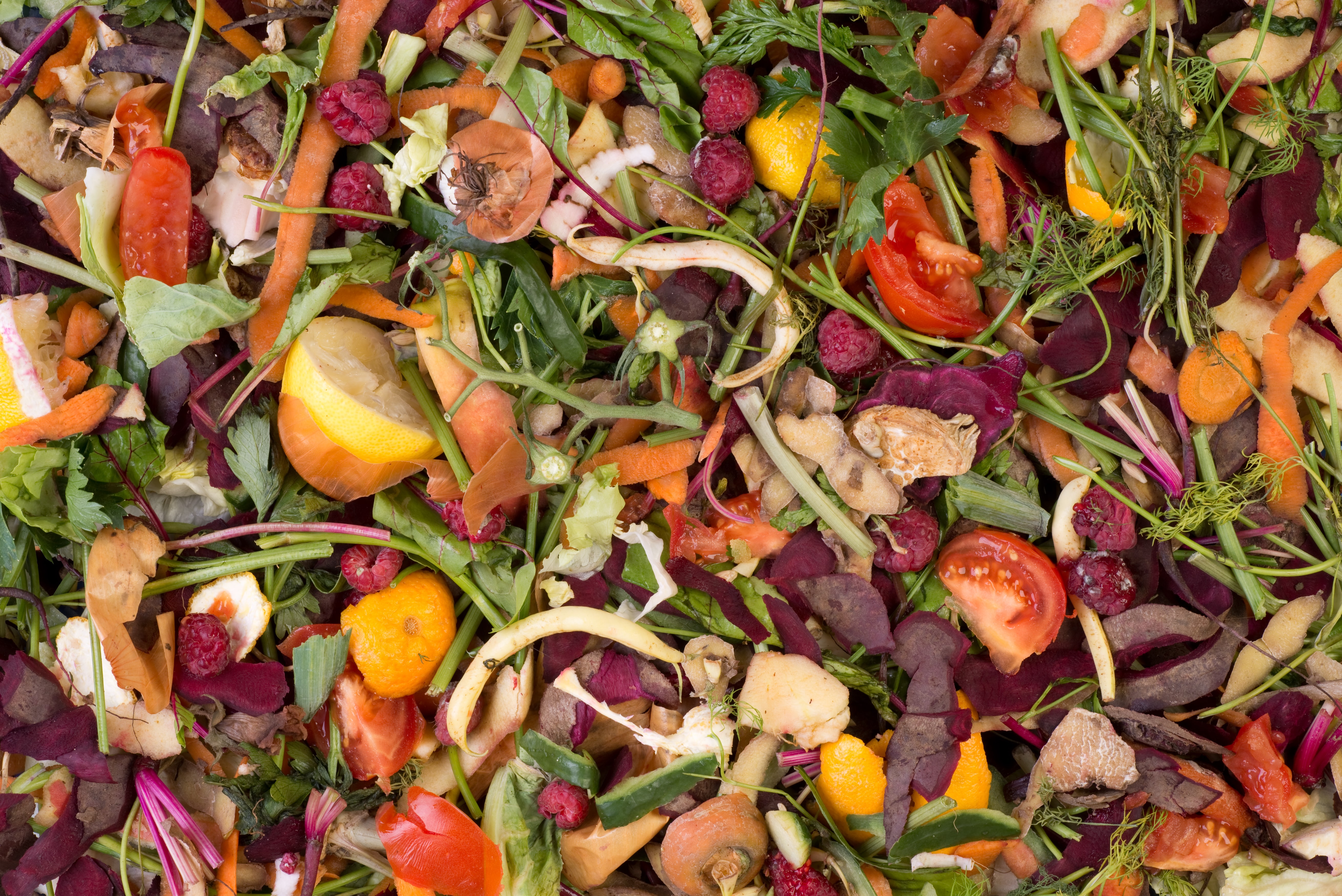
Over the last few years, there has been a concentrated effort on the parts of both businesses and government agencies to greatly reduce the amount of food waste currently going into landfills around the country. According to most estimates, between 12-20% (and some official sources claim upwards of 40%) of the total US food supply ends up going to waste, which is a huge problem, not only for the one out of seven Americans who struggle to find enough to eat, but also for the 10% of the American workforce currently employed in the foodservice industry and the more than one million restaurants where they work.
One way to reduce landfill waste is either by shrinking food waste before it leaves the restaurant or institution or converting the waste into something else. A growing number of foodservice operations are tackling the problem by using one of three food waste reduction systems: non-biological (mechanical) systems, in-vessel dry composters, and biological (wet) systems.
But before investing in one of these game-changing systems, foodservice operators should evaluate each of them using the following criteria:
- The return on investment based on current waste hauling costs and the electric, water and sewer use of the particular system.
- The physical space and utility requirements of the system.
- The results of a waste audit to help understand your waste profile and develop systems to ensure that “pure” food waste is available for the on-site system. Many recycling centers will provide a free waste audit upon request.
- The eventual use of the end product.
Mechanical systems
Non-biological, or mechanical, systems use mechanical processes and heat to reduce the weight of food waste by removing the water content. There are two types of mechanical systems: pulpers/shredders and dehydrators, both of which are typically situated near the food processing or dishwashing area. A pulper pulverizes food waste into a slurry, then extracts the water. A shredder grinds the waste and then presses it to force out the liquids. Each type of system generally reduces the volume of waste by around 80-90%.
One major benefit of having a pulper or shredder is that generally they can accept non-organic products in addition to the organic materials, thereby eliminating the need for food workers to sort waste.
The downside of this type of equipment in isolation is that the resulting product has an unpleasant odor that tends to attract pests. So it either has to be refrigerated until pick-up or picked up frequently.
Dehydrators use heat to render organic material into a sterile, odorless material. A dehydrator often will be used in conjunction with a pulper or shredder. This scenario can reduce the volume of waste by up to 95%.
One caveat: the reduced waste from mechanical process is not suitable for compost, and requires further treatment before it can be used as a fertilizer. The byproduct from a dehydrator needs to be mixed with soil for further decomposition; it is never a fertilizer as-is. Due to its high nitrogen content, the byproduct can be used to help speed up the compost process.
In-vessel dry composting
In-vessel dry composters are simply enclosed containers that allow heat and biological processes to break down organic material into a nutrient-rich product that can be used as fertilizer.
To begin the process, organic materials are loaded into the enclosed container. The, controlled air is moved through the chamber in order to increase oxygenation. If the material is too wet to allow an air-flow, “brown material” such as wood chips, paper, or sawdust must be added. Heat and microorganisms are then introduced, in conjunction with automated rotation and aeration, to catalyze the process. The material is then cooled and cured.
The major benefit of composting is that it results in all of the waste being recycled back into the food production system. Some downsides of a composter include the additional effort of sorting food waste in order to make sure that everything included is compostable, the need to purchase proprietary microorganism formulas, and the relatively larger footprint of the container, since the waste isn’t compacted but converted. Additionally, if a business or institution does not have a way to use the resulting compost, there remains the issue of disposal fees.
Wet systems
The third category is the aerobic biodigester, which maintains internal temperatures and oxygen levels and integrates fresh tap water in order to break down food waste into a fully filtered effluent, or “gray water,” which is then deposited into the municipal sewer system. By introducing proprietary blends of enzymes, microorganisms and/or nutrient blends, a biodigester functions much like a metal stomach by moving the food waste around in a water mixture until it fully breaks down.
As with composters, biodigesters end up with a ‘zero waste’ product, and is considered to be ‘biogenic’ (part of the natural cycle in which carbon returns to the system that originally produced it).
The primary advantages of wet systems include the decrease in plastic bags for disposal, the avoidance of additional chemicals for pest control, the increase in the ability to more closely measure the effectiveness of the system, as well as the elimination of any odor that might accompany many of the other systems.
The drawbacks of wet systems include the significant investment up front, as many wet systems require a more customized approach to full integration. Additionally, some models of biodigesters have been criticized for being inconsistent with the amount of unacceptable contaminants present in the final effluent, which run contrary to the claims of the companies in question and can even run higher than the maximum municipal limits.
Whatever system you choose, the net result will be that you have taken a major step toward helping the environment and, perhaps, aiding your bottom line.
